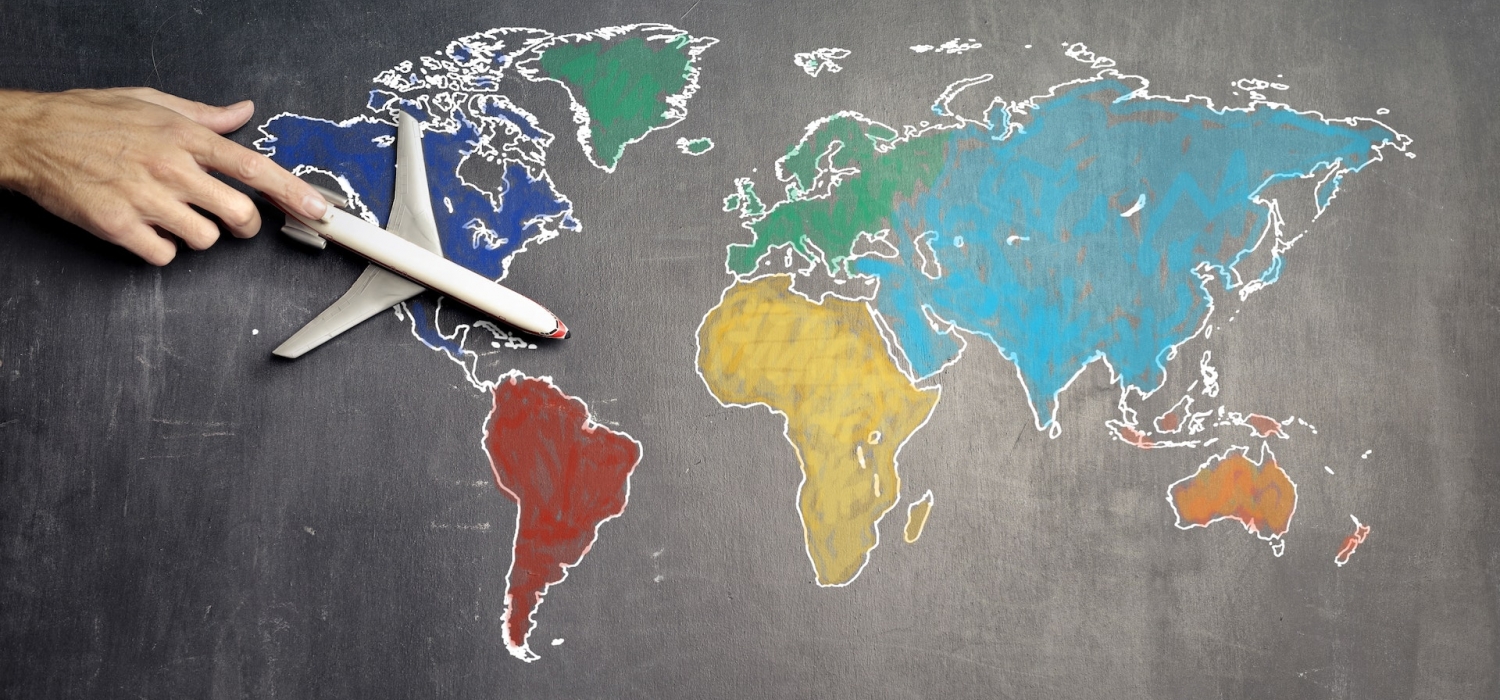Silicon Valley Bank’s Collapse Triggers Broader Fears in the Financial Sector
Last Friday, state regulators closed the Silicon Valley Bank (SVB), a federally insured institution with 17 branches throughout California and Massachusetts. It’s the first bank insured by the Federal Deposit Insurance Corporation (FDIC) to close since 2020.
In December, SVB reported roughly $209 billion in total assets and $175.4 billion in total deposits, making this the biggest bank closure since the 2008 financial crisis.
SVB’s closure came after it announced last Wednesday that it was looking to raise over $2 billion in capital. Deposit holders and investors alike took note, resulting in massive customer withdrawals and a dismal double-digit decline in the bank’s shares.
Wall street professionals have linked SVB’s failure with the failures of Silvergate and Signature Bank, which are two crypto-friendly banks that closed on March 8 and March 12, respectively.
However, SVB’s customer base is somewhat different. SVB focuses its investments in the tech sector and has relationships with nearly half of all venture capital-backed tech and health care companies. Tech-sector start-ups have traditionally relied on access to cheap venture capital funding, but the availability of that funding has decreased recently as interest rates have increased. Some analysts now predict that these bank failures will prompt the Federal Reserve to cut back on interest rate increases this year.
SVB’s demise has fueled investor concerns about the financial industry generally, and investors are wary that more bank failures will follow. Since the announcement of SVB’s closure, bank stocks have dropped globally, with shares of mid-sized banks taking the biggest hit. Even so, some experts insist that banks are more resilient now than they were when the 2008 financial crisis started.
As for SVB, the bank has closed, and FDIC insurance will kick in. When a bank fails, insurance covers deposits of up to $250,000. The FDIC promised holders access to their insured deposits by Monday, March 13. This means that deposit holders went an entire weekend without access to their money, and some SVB customers may have been scrambling over the weekend to get immediate access to funds in order to pay their obligations.
According to reports over the weekend, however, nearly 90% of the funds deposited with SVB were uninsured. As the 15th of the month approaches, some SVB customers with uninsured deposits may face difficulties meeting their payroll obligations.
To quell fears, in a joint statement issued Sunday evening, Janet Yellen, the U.S. Treasury Secretary, Jerome Power, chair of the Federal Reserve, and Martin Gruenberg, chair of the FDIC, assured SVB depositors that they will all be made whole even if their deposits exceeded $250,000. Similar promises have been made to depositors at Signature Bank. The government also announced that “no losses associated with the resolution of Silicon Valley Bank will be borne by the taxpayer.” In contrast to the bank’s depositors, its shareholders and debtholders will likely lose their investments.
The state regulators that closed SVB, the California Department of Financial Protection and Innovation, also appointed the FDIC as receiver. The FDIC will now sell the bank’s assets and settle its debts. Reports say an auction has already commenced for the bank’s assets.
This situation is rapidly developing. We will continue to keep abreast of the latest and provide additional updates.






